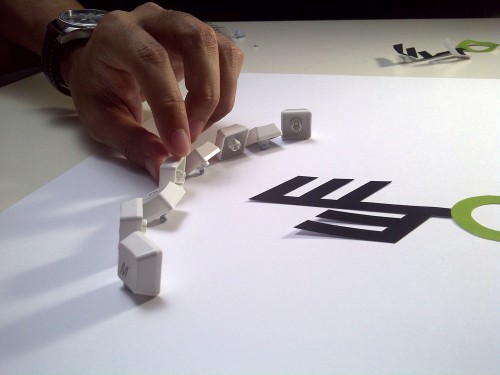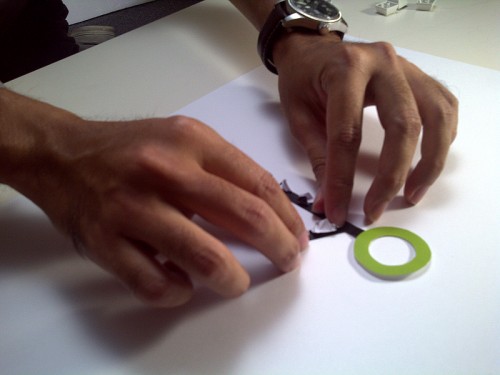Focal Length: It’s All About Depth
Length Test Shots
It’s not every day that you can get hold of Canon’s expensive high-end lenses, the L-Series, so when were asked to try them out, we were more than glad to grab the opportunity!
We had several of them, and we thought, why not demonstrate to you guys the effects of different focal lengths. Of course, for the pros, this might not appear so interesting but we do hope to give a better understanding for the newbies on how they work.
So the next time you embark on a project, the designers and other creative people out there for example, you can now even tell your photographer what kind of lens that you want to use for your concepts.
Check them out! Btw, all shots were taken with a full frame DSLR.
Focal Length Basics
You essentially have a choice between wide-angle and telephoto lens. Wide-angle lenses exaggerate perspective so that the foreground and background appear further apart. Telephoto lenses on the other hand can “flatten” the picture, meaning, elements will be brought closer together.
Simply put, the shorter the focal length, the greater the extent of the scene captured by the lens. On the other hand, the longer the focal length, the smaller the extent captured by the lens.
Therefore, if the same subject is photographed from the same distance, its size will decrease as the focal length gets shorter and increase as the focal length gets longer.
Ultra-Wide Angle Lenses
These lenses offer tremendous depth of field as shown in the photo below where we used 14mm. This super wide angle lens is pretty awesome, as it does not distort the image unlike most super wides that give a slight “fish-eye” effect and channel aberration. This is the kind of lens that you would want to use for architectural shots, particularly for small rooms.
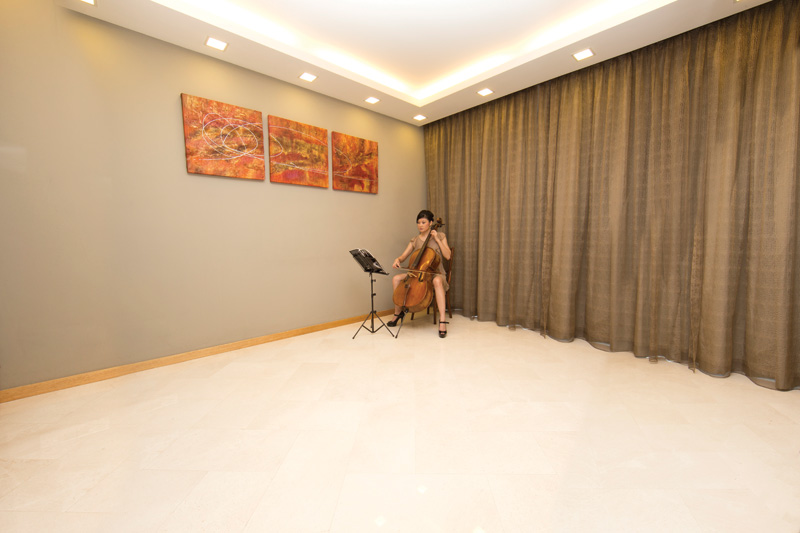
Wide Angle Lenses
Now compare the super wide angle above to the “plain vanilla” wide angle lenses that we used in the succeeding photos. The first photo uses 24mm, which is usually great for landscape, architecture, interior photography, or any subject where you want a wide field of view.

Normal Lenses
This next photo uses a “normal” lens at 35mm. This is considered as one of the most versatile lens around because it is perfect for both 3/4 or full-length portraits and even landscape shots.
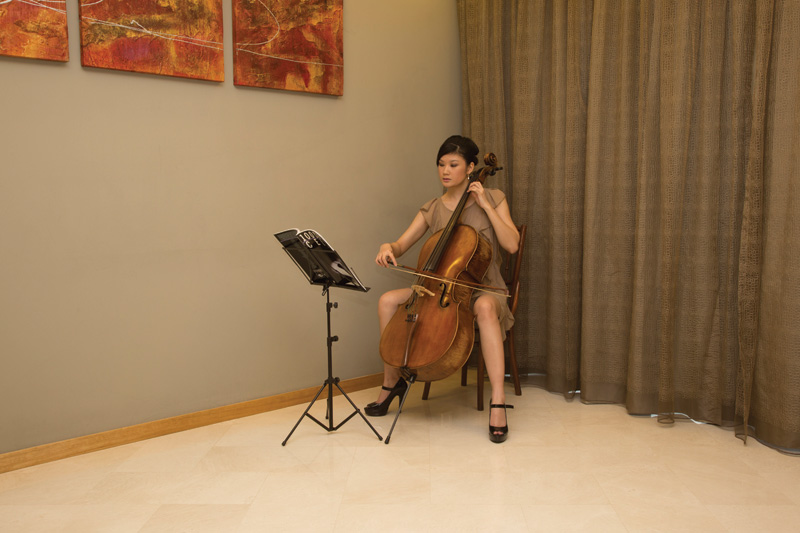
The next photo was taken with a 50mm lens. Most people say that this is the focal length that is closest to the human eyes. Hence, this is a pretty popular focal length. What makes it more popular is the fact that you can get some “crazy” lenses with f/1.2!
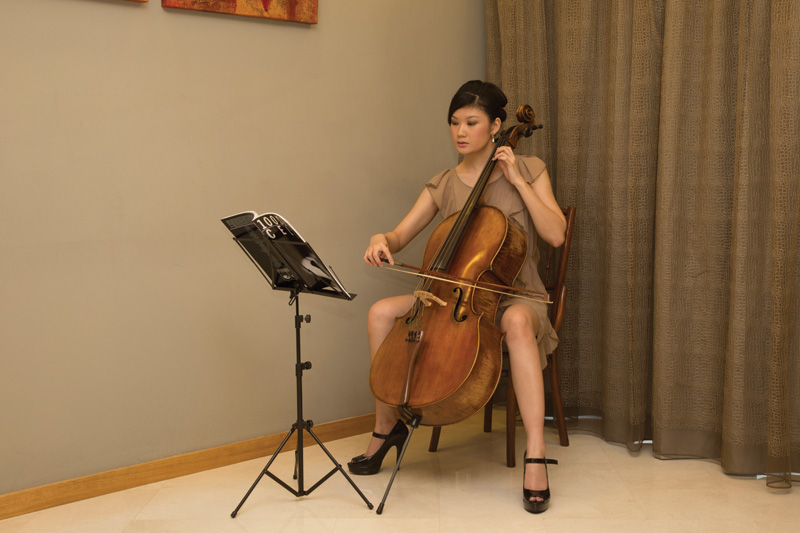
Medium Telephoto Lenses
Now it gets more fun! Fun for both subject shooter and subject that is. By using telephoto, your subject will be more comfortable as you have more distance and thus, become less imposing. This one was taken with a 70mm lens.
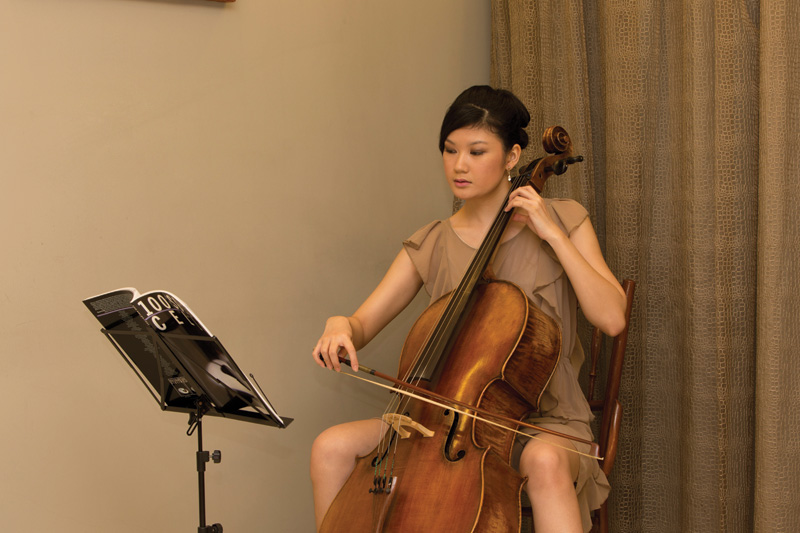
Long Telephoto Lenses
Now we got even closer (lens-wise) of course, using a longer telephoto with the photo below.

Super Telephoto Lenses
This time, we’ve really taken out the big guns!
Super telephoto lenses are very ideal for wildlife photography (we bet you wouldn’t dare come near that hungry lion, do you?) as well as most outdoor and sports photographers who wouldn’t want to get caught up in the action.
As you can see in the 200mm shot below, the distance between the object and the background are more “pressed in”. So in order to create a nice bokeh effect, you will need more distance or you will need a lens with bigger opening, like f/2.8
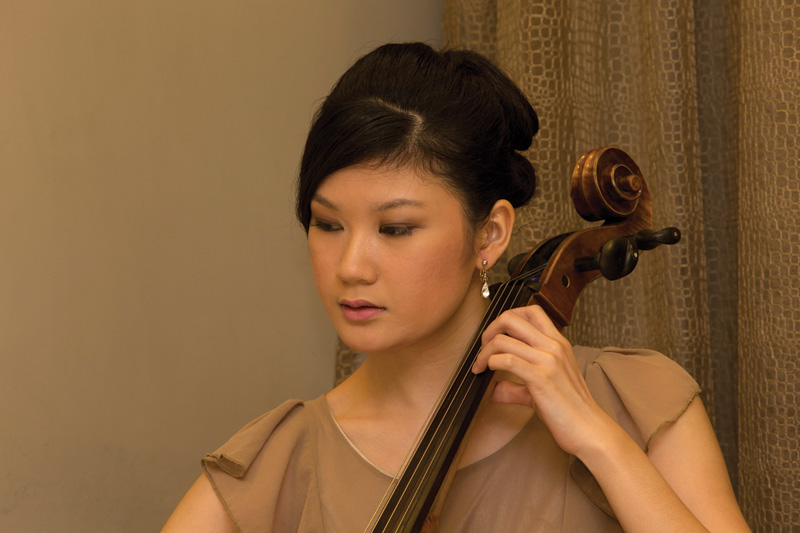
Now at 300mm, you can get that clear and sharp close-up shot that you want without distracting your subject so that facial expressions are more natural and not “posed”.
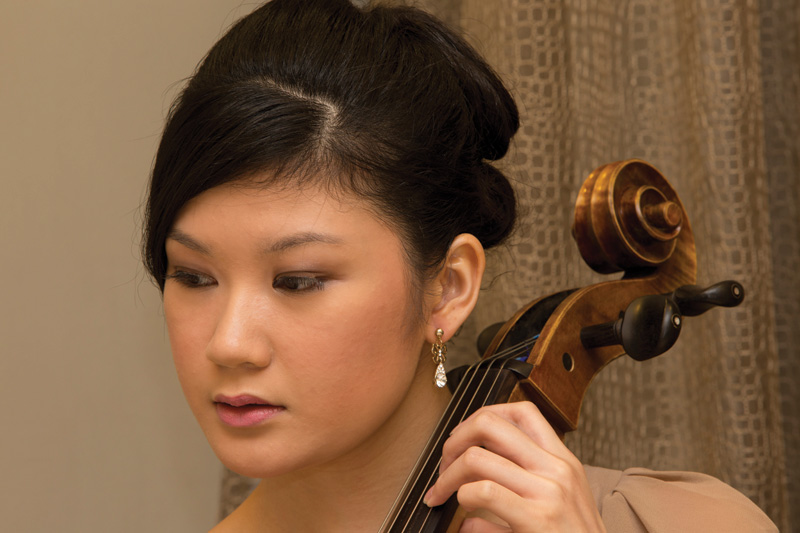
There you have it.
By understanding the different camera lenses at your disposal and their focal lengths, you will be able to have better creative control in your photography. You can have a better judgment between which lenses would suit your project as you weigh in factors like size, weight, lens speed and image quality.
Happy shooting!

